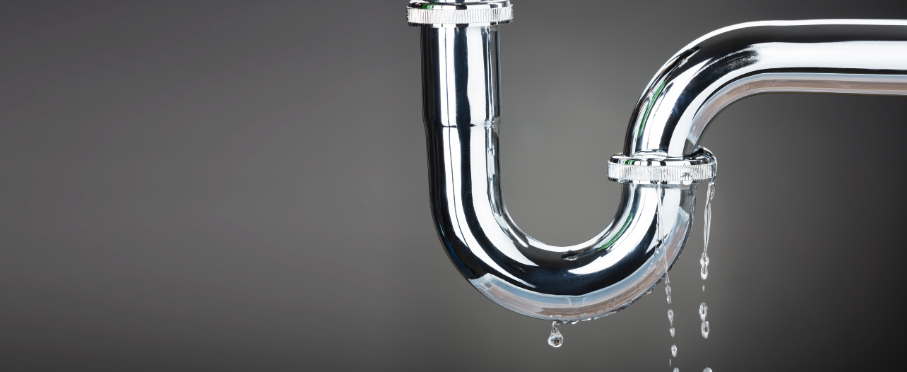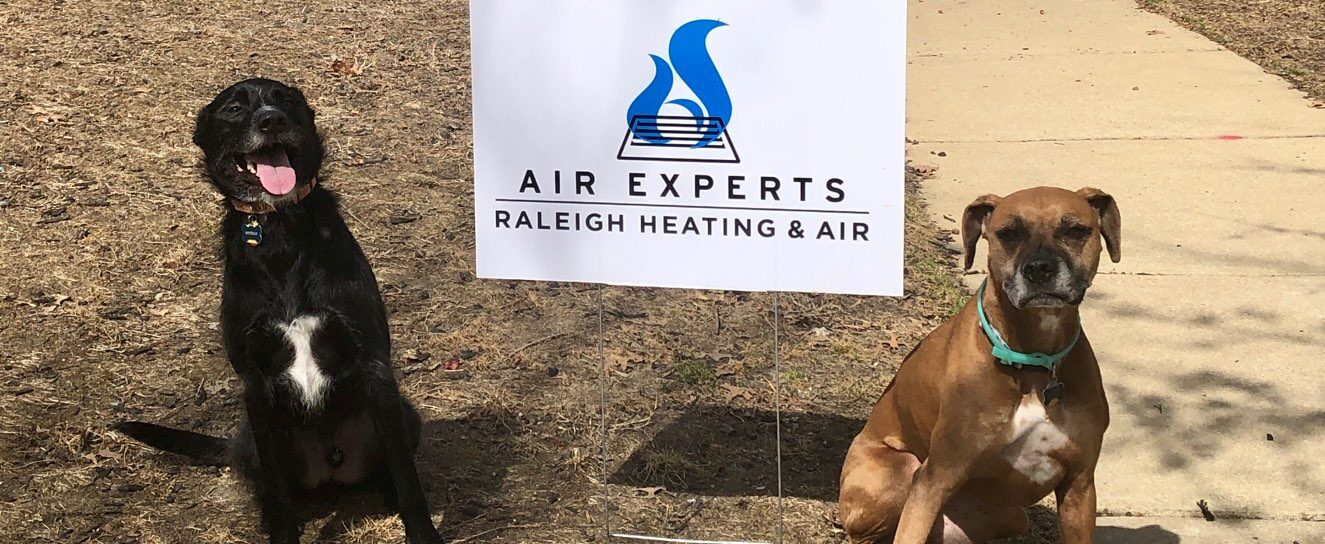Why Do Furnaces Need an Exhaust Flue?
It’s a good idea to understand the basic components of your Wake Forest home’s heating system. Your heater is a vital part of your household, and it needs to function day in and day out. When problems arise, it can mean more than just going without heat. There are toxic gases involved, as well as flammable gases, and they can pose a danger if not properly handled. That leads to our question today: why do furnaces need an exhaust flue? In short, because it allows them to vent those gases safely.
With forced-air furnaces, the heating process starts when natural gas is ignited in the burners, creating a great deal of heat. It then has to get that heat safely into your home, and do so as efficiently as possible. So the burning gas passes through a heat exchanger – basically a metal tube with openings on either end – and the heat exchanger warms the air and allow it to be blown into the house via the ducts. The process leaves toxic gases like carbon monoxide behind. Obviously, you don’t want them entering your home. And that’s where the exhaust flue comes in. As the gases go through the heat exchanger, they are passed into the exhaust flue, where it can vent them safely outside the house. Very strict building codes govern where the flue can be placed, and in many cases a fan is used to help vent the gases, but its function is self-apparent. The exhaust flue ensures the safe functioning of the furnace and allows it to continue to do its job without making you home unsafe.
That leads to a second heating question: what do you do when there’s a problem with the exhaust flue? If you detect a clog in the pipe or similar problem, turn off the furnace immediately and call Raleigh Heating & Air. Call us today for any Wake Forest heating services you need!





